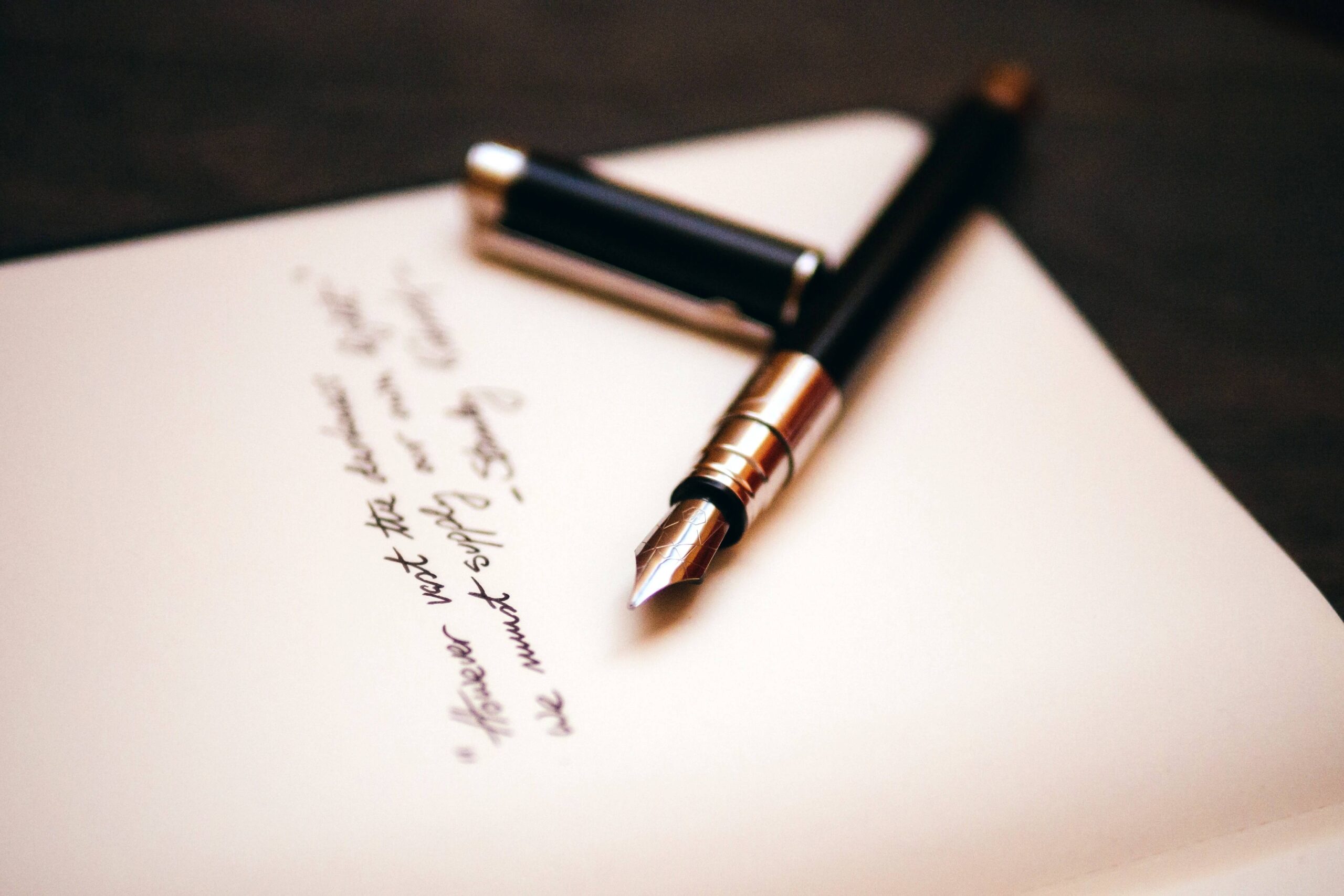The Art of Efficient Note-Taking: Tips and Techniques : Note-taking is an essential skill for effective learning and retention. The art of efficient note-taking involves capturing key information, organizing it in a meaningful way, and creating a valuable resource for future reference. In this article, we will explore various tips and techniques to enhance your note-taking abilities. From active listening and using abbreviations to utilizing visual aids and incorporating technology, we will provide practical strategies to help you optimize your note-taking process. By mastering this art, you can improve your understanding of complex concepts, reinforce your memory, and ultimately excel in your academic pursuits.
The Art of Efficient Note-Taking: Tips and Techniques

The Art of Efficient Note-Taking: Tips and Techniques
Stay engaged and attentive: Actively listen during lectures or readings to capture the most important information. Focus on understanding concepts rather than simply transcribing every word.
Use abbreviations and symbols: Develop a set of abbreviations and symbols that you can quickly jot down to save time while taking notes. This helps you capture key points more efficiently.
Organize your notes: Create a clear and logical structure for your notes. Use headings, subheadings, and bullet points to organize information hierarchically and make it easier to review later.
Highlight key information: Use highlighting or underlining techniques to emphasize important details or concepts. This helps key information stand out when reviewing your notes.
Utilize visual aids: Incorporate diagrams, charts, and graphs into your notes to visually represent complex information. Visual aids can enhance understanding and make your notes more engaging.
Make connections: Draw arrows, lines, or use different colors to connect related ideas or concepts in your notes. This helps you see the bigger picture and make connections between different topics.
Review and revise: Regularly review and revise your notes to reinforce your understanding and fill in any gaps. This process helps solidify your knowledge and improves long-term retention.
Summarize and condense: Practice summarizing key points or sections of your notes in your own words. This forces you to process and distill information, making it easier to remember.
Use technology to your advantage: Explore digital note-taking tools or apps that offer features like searchability, organization, and easy sharing. These can enhance your note-taking experience.
Find your personal style: Experiment with different note-taking techniques and find what works best for you. Everyone has their own unique style, so adapt and refine your approach to suit your preferences and learning style.
Remember, efficient note-taking is not about capturing every single detail but about capturing the most important information in a way that makes sense to you. With practice and conscious effort, you can master the art of efficient note-taking and enhance your learning and academic success.
Final Words
Efficient note-taking is a powerful tool that can significantly enhance your learning experience. By applying the tips and techniques discussed in this article, you can transform your notes into valuable resources that aid comprehension and retention. Remember to actively engage in the lecture or reading, focus on capturing key ideas rather than transcribing verbatim, and use organizational methods that work best for you. Regularly review and revise your notes to reinforce your understanding and make connections between different concepts. Embrace technology if it aligns with your preferences, but also value the benefits of traditional pen-and-paper note-taking. With practice and refinement, you’ll become a skilled note-taker, empowering your academic journey.
